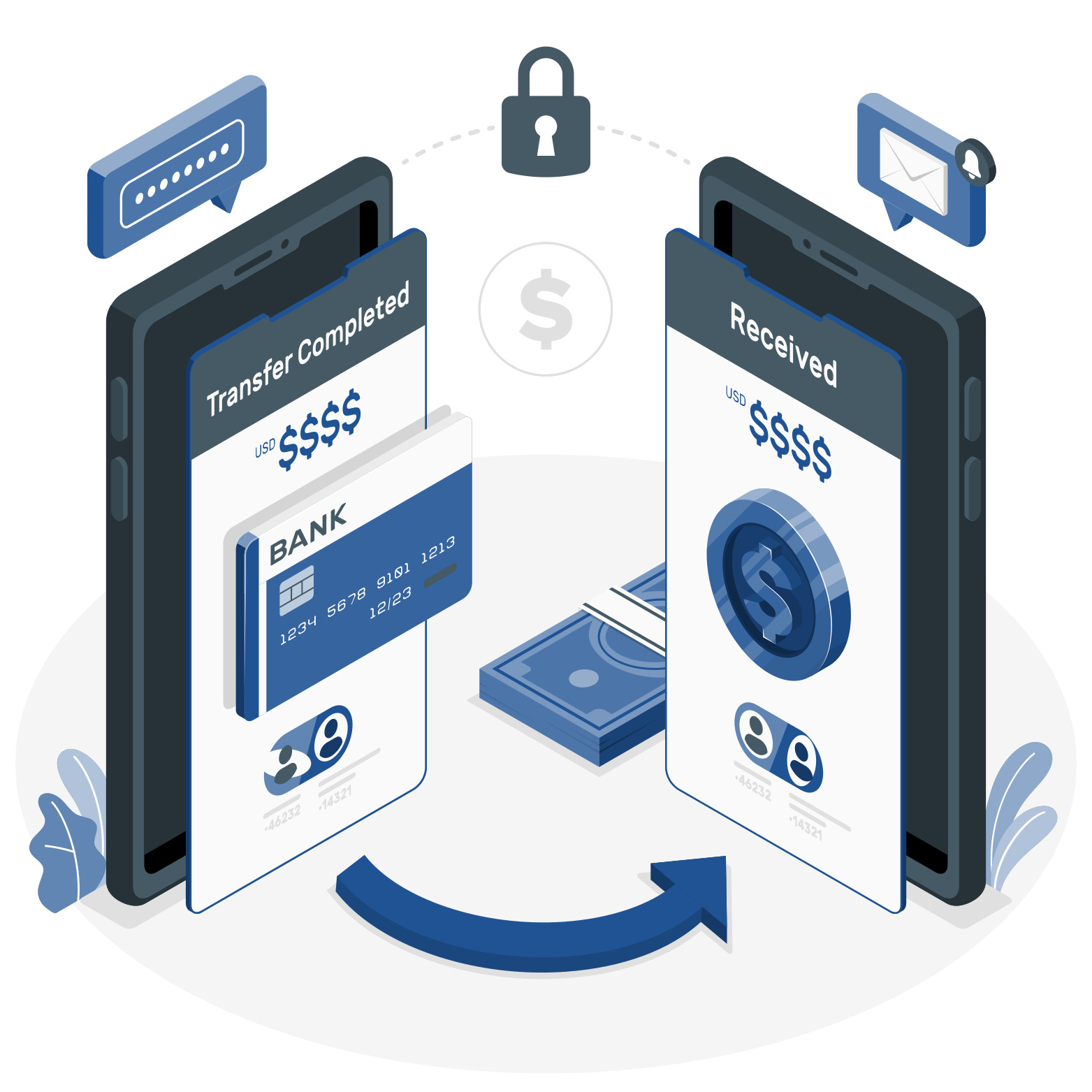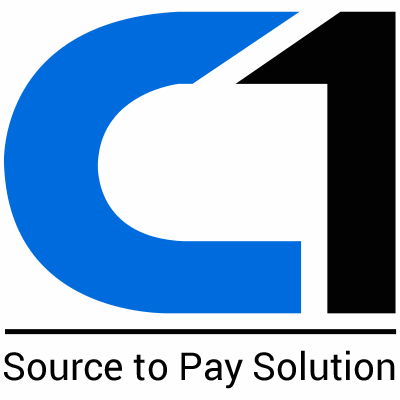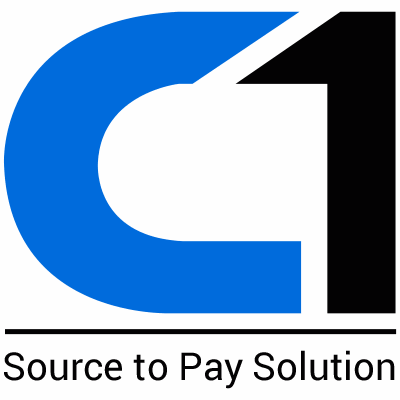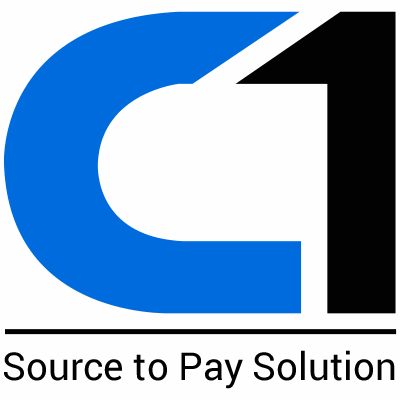Integrating eProcurement Solutions: A Blueprint for Seamless System Connectivity
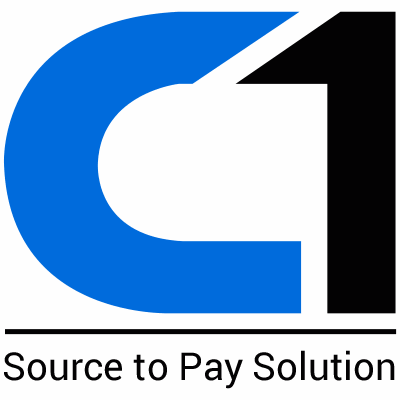
Strong 8k brings an ultra-HD IPTV experience to your living room and your pocket.
In today's interconnected business world, an eProcurement solution doesn't operate in isolation. For it to truly transform your operations, seamless integration with your existing enterprise systems is not just a nice-to-have, but a critical necessity. Without proper connectivity, you risk data silos, manual double-entry, and a host of inefficiencies that undermine the very purpose of your investment. This blueprint outlines how to achieve seamless system connectivity, ensuring your eProcurement solution acts as a central nervous system for your purchasing processes.
1. The Foundation: Understanding Your Existing Ecosystem
Before embarking on any integration, it’s crucial to have a crystal-clear picture of your current IT landscape. Identify all key systems that your eProcurement solution needs to communicate with. This typically includes your Enterprise Resource Planning (ERP) system (e.g., SAP, Oracle, NetSuite), accounting software, inventory management systems, and potentially even supplier relationship management (SRM) tools or project management software. Document the data flows, identify key data points that need to be shared (e.g., vendor master data, GL codes, purchase orders, invoices, payment status), and pinpoint any existing integration methods or legacy systems that might present challenges.
2. Choosing the Right Integration Strategy
There isn't a one-size-fits-all approach to integration. Your strategy will depend on the complexity of your systems, the volume of data, and your budget.
Direct API Integration: This is often the most robust and real-time method. Application Programming Interfaces (APIs) allow different software applications to talk to each other directly. This means data can flow back and forth instantly, ensuring accuracy and timeliness. Most modern eProcurement solutions, including those from leading providers, offer a rich set of APIs.
Middleware/Integration Platform as a Service (iPaaS): For more complex environments with multiple systems, an iPaaS solution (like Dell Boomi, MuleSoft, or Workato) can act as a central hub. It simplifies the management of various integrations, transforms data between different formats, and provides monitoring capabilities. This reduces the burden on individual system-to-system connections.
File-Based Transfers (FTP/SFTP): While less real-time, scheduled file transfers can still be effective for certain data sets, especially if systems don't have robust API capabilities. This method involves exporting data from one system into a file (e.g., CSV, XML) and then importing it into another. It's often used for bulk data synchronizations.
3. Data Mapping and Transformation: The Core of Connectivity
This is perhaps the most critical and often underestimated step. Data mapping involves meticulously defining how data fields in your eProcurement system correspond to fields in your other systems. For example, ensuring that a "Supplier ID" in your eProcurement matches the "Vendor Number" in your ERP. Data transformation addresses any differences in data formats or values (e.g., converting unit of measure codes, handling currency formats). Thorough data mapping prevents errors, ensures consistency, and allows for accurate reporting across integrated systems.
4. Testing, Monitoring, and Optimization
Before going live, rigorous testing is non-negotiable. Conduct extensive unit testing, integration testing, and user acceptance testing (UAT) to identify and resolve any issues. Simulate real-world scenarios, including error conditions, to ensure data integrity and seamless workflows. Once live, continuous monitoring of your integrations is essential. Set up alerts for failed transactions or data discrepancies. As your business evolves, regularly review and optimize your integration points to ensure they continue to meet your needs and support new functionalities.
5. Partnering with Expertise: A Seamless Transition
Successfully integrating eProcurement requires not just technical prowess but also a deep understanding of business processes. This is where partnering with an experienced provider makes a significant difference. Companies like C1 Global understand that a powerful eProcurement solution is only as good as its connectivity. They build their platforms with robust integration capabilities and often provide expert services to help businesses navigate the complexities of connecting their systems. By leveraging their knowledge, organizations can achieve a truly seamless transition, unlocking the full potential of their digital procurement ecosystem.
Note: IndiBlogHub features both user-submitted and editorial content. We do not verify third-party contributions. Read our Disclaimer and Privacy Policyfor details.



